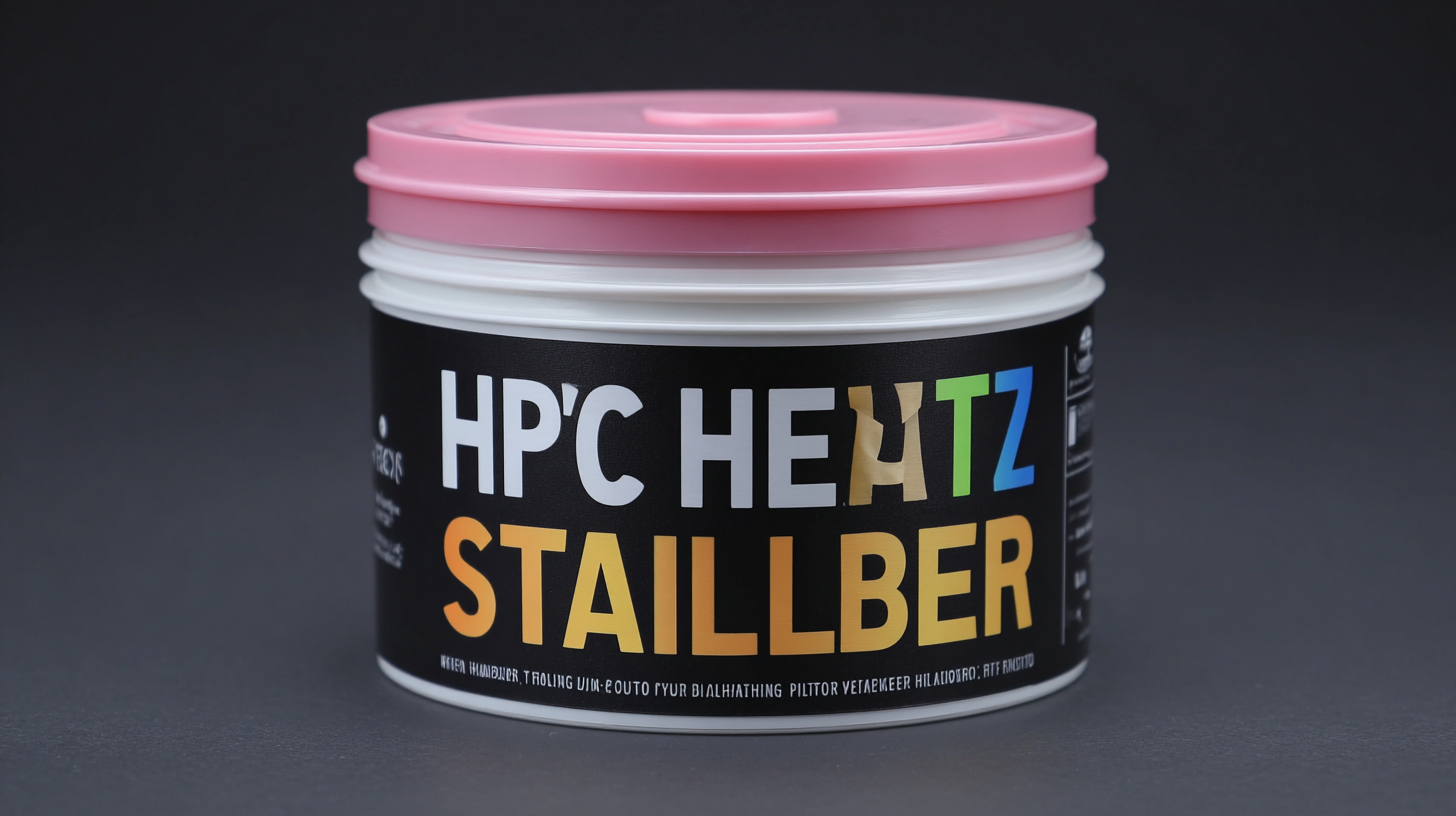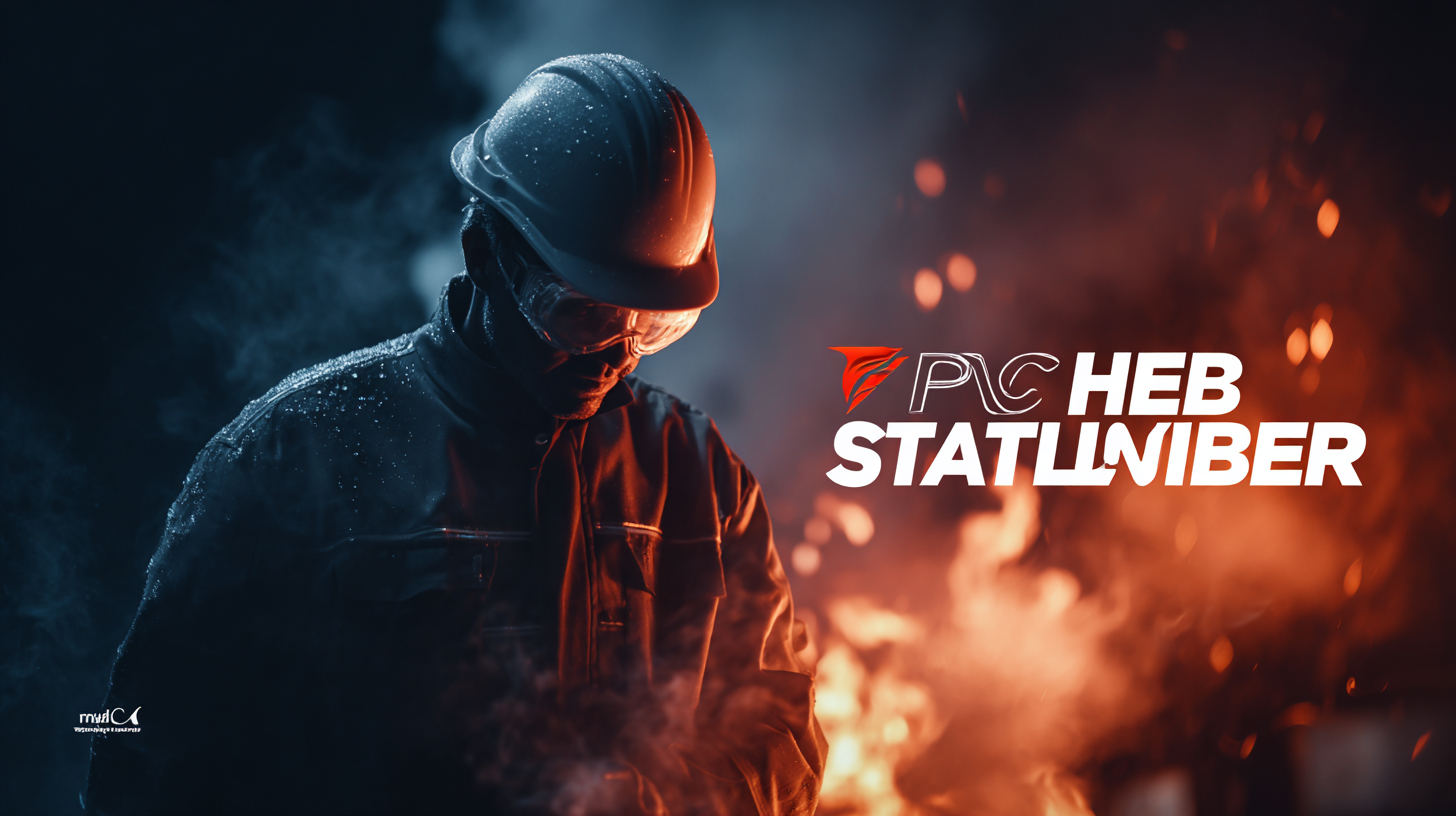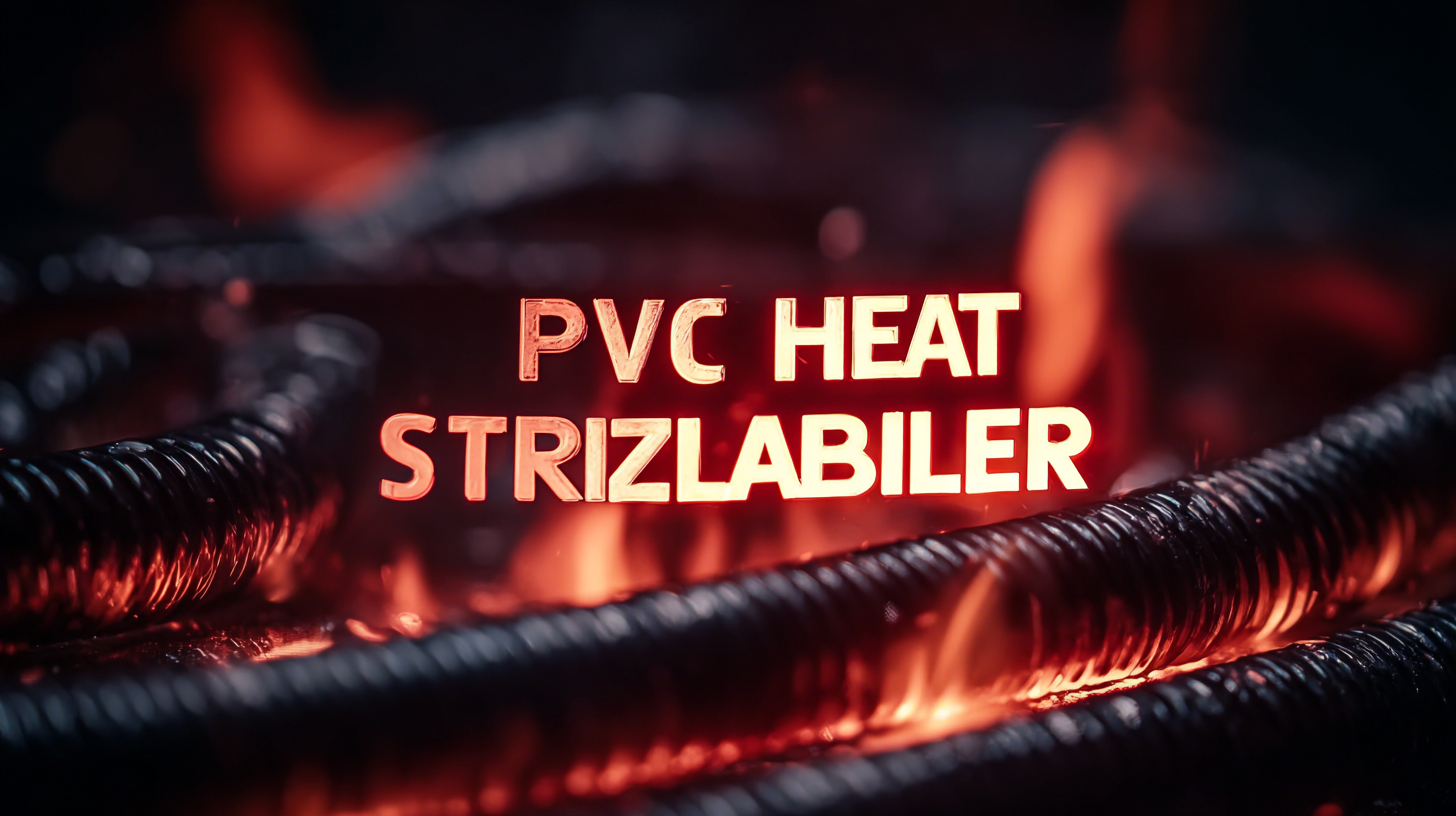
Mastering the Use of Best Pvc Heat Stabilizer in Your Production Process
In the competitive landscape of plastic manufacturing, mastering the use of PVC heat stabilizers is crucial for achieving product quality and longevity. According to a report by Grand View Research, the global market for PVC additives, including heat stabilizers, is projected to reach USD 10.3 billion by 2025, growing at a CAGR of 4.1%. This growth underscores the increasing importance of formulating high-performance PVC products that can withstand thermal degradation during processing and end-use applications. PVC heat stabilizers not only enhance the thermal stability of formulations but also improve their mechanical properties, making them essential in various industries, from construction to automotive. As manufacturers face rising demands for sustainability and regulatory compliance, selecting the right PVC heat stabilizer becomes a pivotal part of the production process, ensuring that products meet both performance standards and environmental considerations.

Understanding PVC Heat Stabilizers: Types and Functions
In the realm of PVC production, understanding the various PVC heat stabilizers is essential for enhancing product durability and performance. PVC heat stabilizers, which include compounds like dibutyl maleate tin (DBTM), play a pivotal role in preventing degradation during processing and extending the lifespan of end products. According to industry reports, the consumption of heat stabilizers has remained notably high, highlighting their importance in the production chain.

The PVC additives market, which encompasses heat stabilizers among other components such as plasticizers and impact modifiers, has shown significant growth. In fact, data from 2019 indicates that the production of PVC additives reached approximately 6.05 million tons, with a compound annual growth rate of around 5.1% from 2014 to 2019. This trend underscores the increasing demand for effective heat stabilization solutions across various applications, including automotive, construction, and packaging sectors.
As the largest producer and consumer of PVC additives globally, China is witnessing a surge in market demand for products that ensure quality and safety. The ongoing innovations in heat stabilizer technology are vital for meeting regulatory standards and achieving desired performance, positioning manufacturers to stay competitive in a rapidly evolving landscape.
Key Characteristics of Various PVC Heat Stabilizers
When selecting the best PVC heat stabilizers for your production process, it's essential to understand the key characteristics that differentiate various options available in the market. These stabilizers play a crucial role in enhancing the thermal stability of PVC, thereby improving its longevity and performance in applications ranging from construction to consumer products. The effectiveness of a heat stabilizer can be attributed to its chemical composition, which influences factors such as processing temperatures, color stability, and resistance to environmental stress.
Different types of PVC heat stabilizers, such as metal-based, organic, and bio-based stabilizers, each come with distinct advantages and drawbacks. Metal-based stabilizers, for instance, provide excellent thermal stability but may pose environmental concerns due to their toxicity. On the other hand, organic stabilizers offer a more eco-friendly option, though they might not achieve the same level of heat resistance. As the global production of plastics continues to surge, driven by various industries, understanding these characteristics is pivotal for manufacturers to optimize their processes while considering health and safety implications associated with plastic additives.

Choosing the Right PVC Heat Stabilizer for Specific Applications
When it comes to selecting the right PVC heat stabilizer for specific applications, understanding the nuances of various stabilizers is crucial for optimizing production processes. Different applications require different types of stabilizers, ranging from lead-based to more environmentally friendly options. Each type of stabilizer has its own advantages and can significantly impact the longevity and performance of PVC products. As manufacturers strive to meet increasing sustainability standards, choosing a heat stabilizer that balances performance and environmental responsibility becomes essential.
The recent discussions around classifying PVC as hazardous waste highlight the importance of making informed choices in the production process. While PVC remains an integral part of many industries, its potential designation as hazardous waste by the EPA could lead to stricter regulations. This not only challenges manufacturers to reassess the materials they use but also pushes them to look for more sustainable alternatives. By carefully selecting the right heat stabilizer, businesses can not only enhance the durability of their PVC products but also align with broader environmental goals, contributing to a healthier ecosystem and supporting America’s transition towards zero waste.
Mastering the Use of Best PVC Heat Stabilizer in Your Production Process
This chart illustrates the performance of different PVC heat stabilizers used in various applications, showcasing their efficiency based on thermal stability and processing temperature range.
Evaluating the Impact of Heat Stabilizers on Product Performance
When it comes to the production of PVC products, the use of heat stabilizers is crucial to ensure longevity and optimal performance. These additives play a significant role in preventing the degradation of PVC resin during processing and in the final product, directly impacting its physical properties such as flexibility, color stability, and resistance to environmental factors. Selecting the right heat stabilizer can make a marked difference not only in the production efficiency but also in the product’s end-use performance.
For instance, primary heat stabilizers, like lead-based or calcium-zinc options, can significantly affect the thermal stability of PVC during processing. Their effectiveness is often evaluated by testing parameters such as melt flow rate and mechanical strength of the finished product. It's essential to consider how different stabilizers react under various processing conditions, as improper selection could lead to discoloration or a reduction in the mechanical integrity of the final product. Thus, understanding the performance implications of these stabilizers is vital for manufacturers aiming to optimize quality and durability in their PVC offerings.
Mastering the Use of Best PVC Heat Stabilizer in Your Production Process - Evaluating the Impact of Heat Stabilizers on Product Performance
| Stabilizer Type | Dosage (phr) | Performance Rating | Processing Temperature (°C) | Color Stability | Impact Resistance (Izod) (kJ/m²) |
|---|---|---|---|---|---|
| Lead-Based Stabilizer | 3.0 | Excellent | 180 | Good | 5.5 |
| Calcium-Zinc Stabilizer | 2.5 | Very Good | 175 | Excellent | 6.0 |
| Barium-Cadmium Stabilizer | 4.0 | Good | 190 | Fair | 5.0 |
| Organic Stabilizer | 3.5 | Excellent | 165 | Very Good | 7.5 |
| Tin Stabilizer | 2.0 | Good | 160 | Good | 4.5 |
Best Practices for Incorporating Heat Stabilizers in Production Processes
Incorporating heat stabilizers effectively into your production process can enhance the longevity and performance of PVC materials. To achieve optimal results, it’s essential to understand the types of stabilizers available and their respective benefits. Heat stabilizers not only protect the material from thermal degradation during processing but also provide a pathway for sustainable practices when blended correctly. This integration aligns with the ongoing trends towards sustainability, as seen in the development of biodegradable plastics and other innovative materials in the circular economy.
Tips: Ensure you conduct thorough testing to select the appropriate heat stabilizer based on the intended application and environmental considerations. Consider experimenting with natural or modified additives, which could potentially enhance the properties of your PVC without compromising sustainability. Additionally, exploring advancements in technology, such as 3D printing for upcycling materials, can inspire new ways to incorporate heat stabilizers into your workflow while minimizing waste.
With an eye on sustainability, embrace the latest innovations in material development. Leveraging the right heat stabilizers not only improves product performance but also contributes to eco-friendly production processes, transforming challenges into opportunities for growth in today’s competitive market.

